Meadow Classic
Showing 1–24 of 72 results
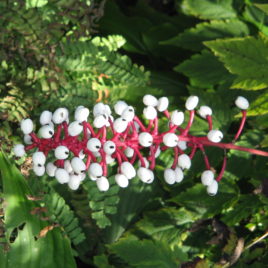
Actaea pachypoda
White Baneberry, or Actaea pachypoda, is also known as Doll’s Eyes and can grow up to two feet tall. White Baneberry is best grown in moist, well-drained soils in part sun to full shade. The herbaceous perennial produces white fruit, … Continued
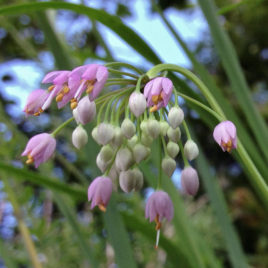
Allium cernuum
Allium cernuum, or Nodding Onion, is a 1-2 foot, attractive allium with white to pink nodding flowers on 2’ stalks. Nodding Onion thrives in full sun to part sun in moderately rich to stony soils from July to August. Plant … Continued
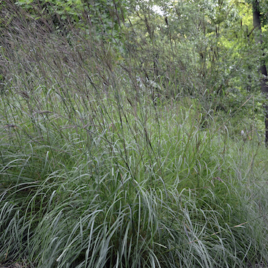
Andropogon gerardii
Andropogon gerardii, or Big Bluestem, is a tall, impressive, warm-season, clump grass. In spring, the grass appears blue-green, and, in summer, it turns green with red tinges. In late summer, the tall grass features a purplish, 3-spike inflorescence resembling a … Continued
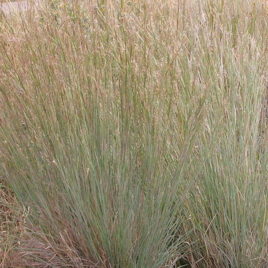
Andropogon scoparium
Andropogon scoparium, or Little Bluestem, is a short warm season clump grass with a dense root system, growing best in average, dry soil and full sun. Once established, Little Bluestem has good drought resistance as it tolerates high heat and … Continued
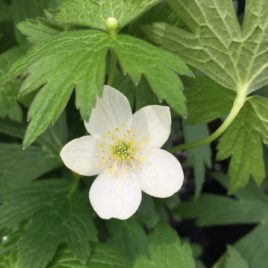
Anemone canadensis
Anemone canadensis, or Canada Anemone, is a 1-2 foot perennial that prefers the full sun to part shade with moist soil. Canada Anemone acts as a great ground cover and features deep green foliage covered with white, cup-shaped flowers in … Continued
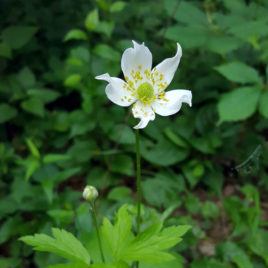
Anemone virginiana
Anemone virginiana, or Tall Thimbleweed, is a 2-4 foot perennial member of the Buttercup family. It grows in full sun to shade and in average to dry soils. Tall Thimbleweed’s leaves are strongly veined with distinct stalks. Tall Thimbleweed produces … Continued
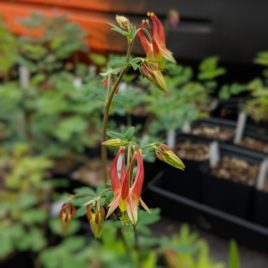
Aquilegia canadensis
Aquilegia canadensis, or Columbine, is a classic woodland wildflower with lacy blue-green foliage and beautiful red and yellow flowers. Hummingbirds flock to its flowers, and it reseeds itself freely.
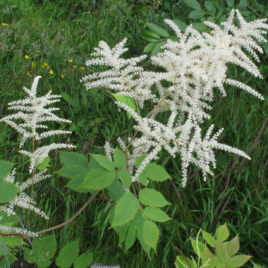
Aruncus dioicus
Aruncus dioicus, or Goat’s Beard, is a perennial member of the rose family growing in moist woods, meadows, and along streams. Goat’s Beard is a very showy plant growing 3 to 5 feet tall in large bushy clumps. The plant … Continued
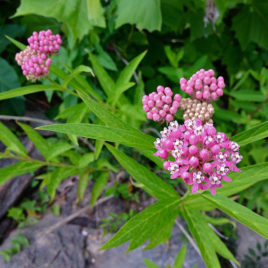
Asclepias incarnata
Asclepias incarnata, or Red Milkweed, is a 3-5 foot perennial perfect for full sun and moist to wet soils. Red Milkweed, or Swamp Milkweed, blooms with reddish flowers from June to July. Its leaves are the preferred food of Monarch … Continued
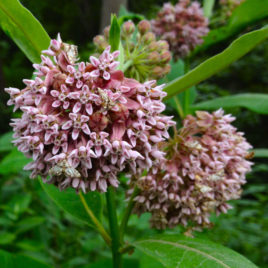
Asclepias syriaca
Asclepias syriaca, or Milkweed, is a herbaceous perennial with pink flowers serving as a great nectar source for butterflies. Its leaves are a food source for Monarch butterfly larvae. Milkweed, or Common Milkweed, is easily grown in average, dry to … Continued
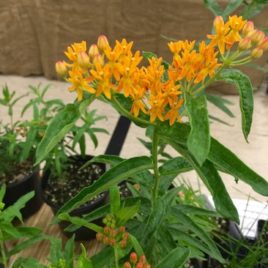
Asclepias tuberosa
Asclepias tuberosa, or Butterfly Milkweed is a 1-2 foot dazzling member of the Milkweed family. Butterfly Milkweed leaves are lance-shaped, and its flowers are a brilliant orange. Preferring dry to medium, well-drained soils in full sun, Butterfly Milkweed appears from … Continued
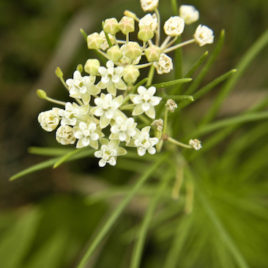
Asclepias verticillata
Asclepias verticillata, or White Milkweed, is a deep-rooted perennial with small greenish-white flowers blooming in small clusters between July to August. The late-blooming milkweed makes it a valuable late-season food source for Monarch butterflies and their caterpillars.
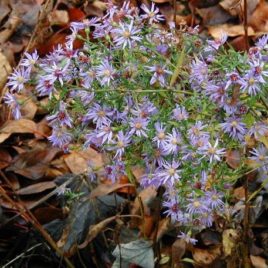
Aster cordifolius
Aster cordifolius, or Blue Wood Aster, is a 2-3 foot perennial for partially shaded sites in dry or moist soil. Blue Wood Aster is often found at the edge of woods with clouds of blue flowers appearing in early fall. … Continued
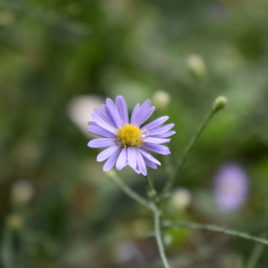
Aster laevis
Aster laevis, or Smooth Blue Aster, is a 2-4 foot hardy perennial for full to part sun and dry to medium moist soils. Smooth Blue Aster has leaves and stems with a pale glaucous bloom and deep blue flowers appearing … Continued
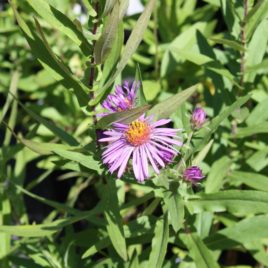
Aster novae-angliae
Aster novae-angliae, or New England Aster, is a 3-5 foot perennial for full to part sun and moist, damp soils. New England Aster’s very showy, deep violet to purple flowers appear in late summer to early fall. It is a … Continued
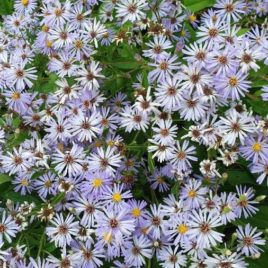
Aster novi-belgii
Aster novi-belgii, or New York Aster, is a sturdy, clump-forming perennial with lance-shaped leaves and rings of purple or pink flowers surrounding yellow disc centers. It typically produces more blooms than New England Aster. New York Aster thrives in moist, … Continued
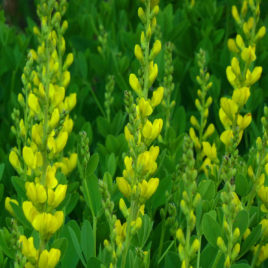
Baptisia tinctoria
Baptisia tinctoria, or Yellow Wild Indigo, is a shrub-like perennial with silvery, gray-green leaves and bright pea-shaped flowers in late spring. The plant grows best in full sun or part sun. Young plants tend to get off to a slow … Continued
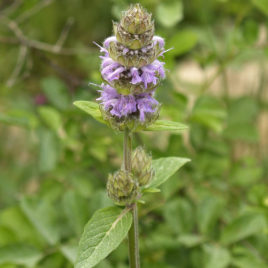
Blephilia ciliata
Blephilia ciliata, or Downy Wood Mint, is a perennial with tight purple flowers stacked on top of each other, reaching up to one foot tall. It thrives in almost any soil from dry to moist and requires full to part … Continued
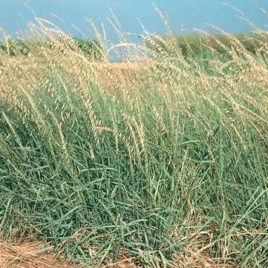
Bouteloua curtipendula
Bouteloua curtipendula, or Sideoats Grama, is short, hardy prairie grass, growing in dry to medium moisture soils and full sun. Side Oats Grama has narrow blue-green foliage with purple flowers appearing in early to mid summer. The leaves turn golden … Continued
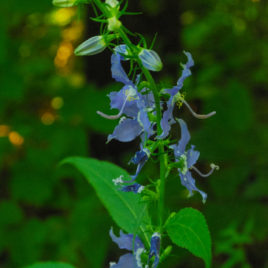
Campanula americana
Campanula americana, or Tall Bell Flower, is a 4-5 foot biennial for full shade to full sun and rich, well-drained, moist soils. Its deep blue flowers appear in July to early September. Tall Bell Flower is found in moist meadows … Continued
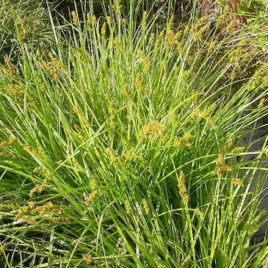
Carex stipata
Carex stipata, or Common Fox Sedge, is a sturdy, deer-resistant sedge active in the spring and fall when the soil is cool. It is found in areas with full shade or full sun and consistently moist or medium soils. Common … Continued
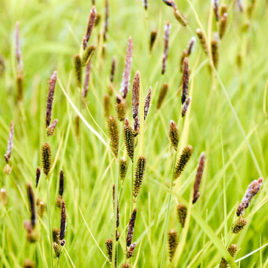
Carex stricta
Carex stricta, or Tussock Sedge, is a truly beautiful sedge that forms attractive green tussocks (clumps) of fine-leaved foliage. Flowers appear in late spring in reddish-brown spikes on top of its stems. Tussock Sedge is easily grown in moist to … Continued
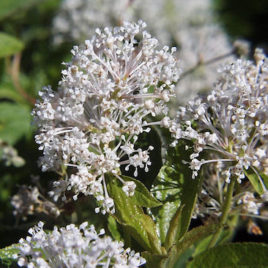
Ceanothus americanus
Ceanothus americanus, or New Jersey Tea, is a 2-3 foot, hardy, perennial, woody shrub for well-drained dry to medium soils in part to full sun. New Jersey Tea produces bright white flowers growing in July through August. Younger plants get … Continued
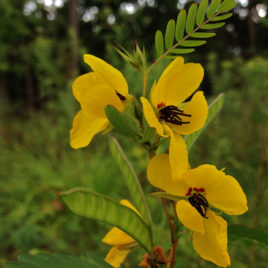
Chamaecrista fasciculata
Chamaecrista fasciculata, or Partridge Pea, is an annual plant with yellow flowers with deep red stamens favored by bees and other pollinators, blooming June to August. Partridge Pea features symmetrical foliage with blue-green leaves that retreat when touched.

